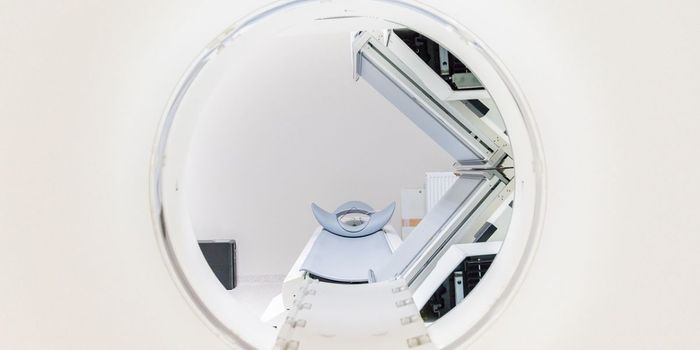Miniature Implant Checks Oxygen Levels in Internal Organs
Berkeley researchers have created the next generation of deep tissue oxygen sensors: A tiny, wireless device that fits on a fingertip, powered by ultrasound waves. This new technology allows physicians to take a closer look at what’s going on inside organs and tissues deep within patients in a minimally invasive way.
“It’s very difficult to measure things deep inside the body,” said Michel Maharbiz, a professor at the University of California, Berkeley, and inventor of the new biosensor. “The device demonstrates how, using ultrasound technology coupled with very clever integrated circuit design, you can create sophisticated implants that go very deep into tissue to take data from organs.”
The work is featured in a publication in Nature Biotechnology.
Tissue oxygenation levels can provide a wealth of information on the health of an organ—for tracking the status of transplanted organs or tissues, for instance. However, current methods are only suited for taking measurements close to the surface of the body. These sensors are powered by electromagnetic waves that can only penetrate a few centimeters beneath the surface of the skin.
The new device removes this barrier by combining LED light sources and advanced optical detectors, which give it oxygen sensing capabilities. Maharbiz and team tested their invention in live sheep where oxygen levels inside muscles were successfully monitored.
Besides organ transplantation, fetal development monitoring and clinical care for preterm babies are other potential applications of the new device.
“In premature infants, for example, we frequently need to give supplemental oxygen but don’t have a reliable tissue readout of oxygen concentration,” said study collaborator and pediatrician Emin Maltepe.
“Further miniaturized versions of this device could help us better manage oxygen exposure in our preterm infants in the intensive care nursery setting and help minimize some of the negative consequences of excessive oxygen exposure, such as retinopathy of prematurity or chronic lung disease.”
Sources: Nature Biotechnology, UC Berkeley.









